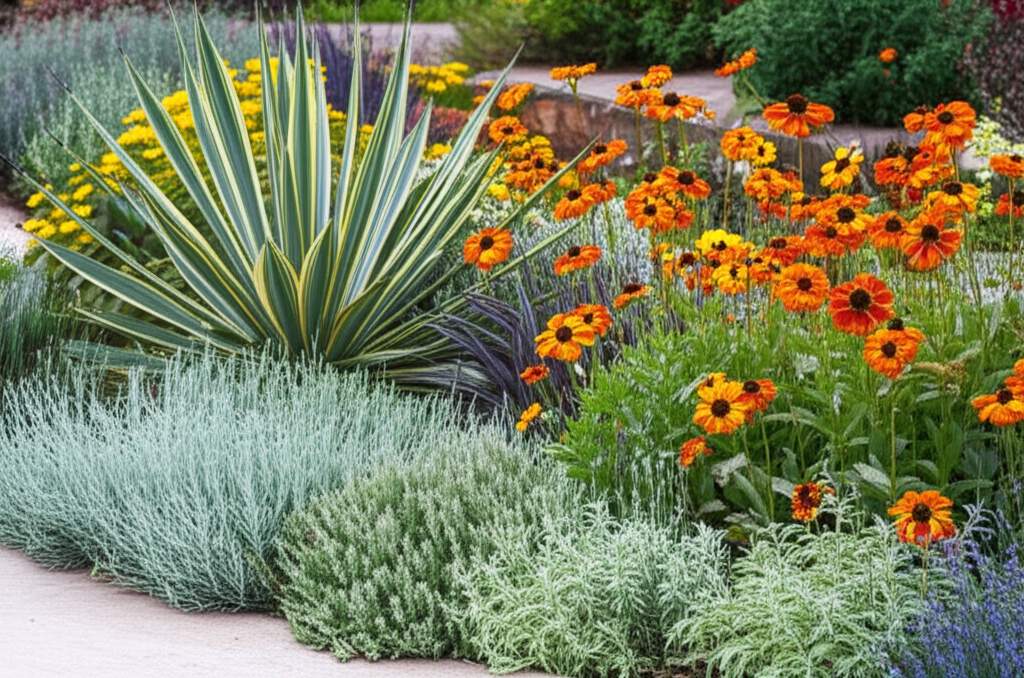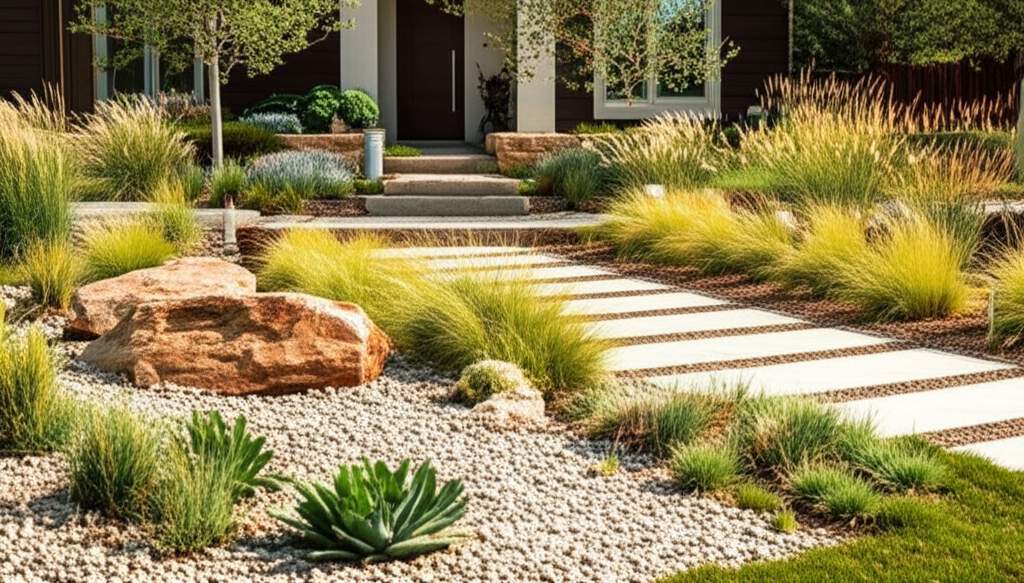Best Climate Resilient Plants for Weather-Proof Gardens
Unpredictable weather patterns challenge gardeners everywhere, yet they also inspire smarter choices in plant selection. As someone who has designed countless landscapes at Dickinson's Garden Center, I have seen how the right plants transform vulnerable yards into enduring havens. These selections not only survive extremes, but they also enhance beauty and support local ecosystems, creating spaces that thrive with minimal intervention.
Homeowners often discover that resilience begins with understanding their local climate. By focusing on plants that adapt naturally, you build gardens that withstand droughts, floods, and temperature swings. This approach reduces maintenance costs and water usage, while delivering year-round appeal.
Key Traits of Climate-Resilient Plants
Climate-resilient plants possess adaptations that help them endure harsh conditions. For instance, deep root systems allow species like switchgrass to access moisture during prolonged dry spells, while thick, waxy leaves on plants such as yucca minimize evaporation. Flexible stems, found in many ornamental grasses, prevent breakage during high winds, and seasonal dormancy enables perennials like sedum to conserve energy through winter or summer extremes.
When selecting these plants, observe how these traits align with your garden's specific challenges. In areas prone to heat, prioritize those with water-storing capabilities; for windy locations, choose varieties with sturdy yet pliable structures. This targeted approach ensures your landscape remains vibrant even when weather turns unpredictable.
The Power of Native Species
Native plants offer unmatched resilience because they have evolved alongside local weather patterns, soils, and wildlife. At Dickinson's Garden Center, we recommend starting with species like purple coneflower or bee balm, which thrive in regional conditions without supplemental watering or fertilizers. These plants not only resist drought and pests, but they also attract pollinators, boosting biodiversity in your yard.
Incorporate natives by assessing your site's sunlight and soil type first. Plant them in clusters to mimic natural habitats, which encourages stronger growth and easier maintenance. Over time, these choices create self-sustaining areas that require less effort, allowing you to enjoy a garden that feels connected to its environment.
Top Drought-Tolerant Options
Drought-tolerant plants excel in water-scarce environments, making them essential for weather-proof gardens. Succulents, such as agave or aloe, store water in their leaves and require watering only every few weeks, even in hot summers. Mediterranean herbs like lavender and rosemary flourish in sandy soils with full sun exposure, producing fragrant blooms while demanding minimal care.
Prairie perennials, including black-eyed Susan and coreopsis, return reliably each year and spread naturally, covering ground that might otherwise need frequent irrigation. Mix these with traditional flowers to create layered beds that maintain color and form through dry periods. Homeowners who adopt this strategy often see their water bills decrease by 20 to 30 percent within the first season.
Achieving Balance Between Style and Durability
Resilient plants do not compromise on aesthetics; many provide striking visual elements that elevate garden design. Agave's bold, architectural shapes add drama to modern landscapes, while the feathery plumes of maiden grass introduce movement and texture. Native sunflowers bring vibrant yellow blooms that persist through heat, combining endurance with eye-catching appeal.
To balance beauty and practicality, define your garden's style early: opt for wild, meadow-like arrangements with grasses and perennials, or structured borders using evergreens like juniper. This thoughtful selection ensures your space remains inviting and functional, adapting to both your preferences and the climate's demands.
How to Get Started with Resilient Planting
Begin small to build confidence in creating a weather-proof garden. Choose a single bed or corner, perhaps replacing high-maintenance turf with groundcovers like creeping thyme, which suppresses weeds and conserves soil moisture. Monitor progress over one growing season, noting how these plants perform without daily attention.
Expand by repeating successful varieties throughout your yard, such as grouping lavender along pathways for cohesion. This repetition creates visual unity and strengthens overall resilience. Within a year, you will likely notice reduced weeding and watering needs, freeing time for enjoyment rather than upkeep.
Essential Tips for Implementation
To make your garden more resilient, follow these practical steps:
- Research native species suited to your USDA hardiness zone for optimal adaptation.
- Install drought-tolerant plants in sun-exposed or sloped areas where water runs off quickly.
- Use mulch around new plantings to retain moisture and regulate soil temperature.
- Observe and adjust based on seasonal performance, replacing underperformers with proven resilient options.
- Combine plants with varying heights and bloom times for continuous interest and ecosystem support.
These actions, drawn from years of experience at Dickinson's Garden Center, help homeowners achieve measurable improvements in garden health and sustainability.
Building a Lasting Landscape
A weather-proof garden provides more than survival; it offers a reliable retreat that evolves with the seasons. By selecting climate-resilient plants, you create spaces that support wildlife, conserve resources, and require less intervention. This thoughtful approach results in landscapes that remain beautiful and functional, regardless of weather challenges.
In my work with clients, I have witnessed how these gardens foster a sense of peace and accomplishment. They stand as testaments to smart planning, rewarding you with enduring beauty and reduced stress for years to come.

